Earth’s Critical Zone is the thin near-surface zone spanning from bedrock to the atmospheric boundary layer. Since the mid-2000s, scientists have been viewing this zone through a new interdisciplinary lens that brings together biology, soil science, geology, hydrology, and meteorology to make co-located measurements of water, energy, sediment and solute fluxes. NSF now funds a network of Critical Zone Observatories, one of which is led by a Penn State team. I’ll describe the key questions and ongoing research of our local Critical Zone Observatory, including the unmet demand for robust field sensors to monitor soil processes, and our attempts to move from measuring everything everywhere to measuring only what we need to model the Critical Zone.
